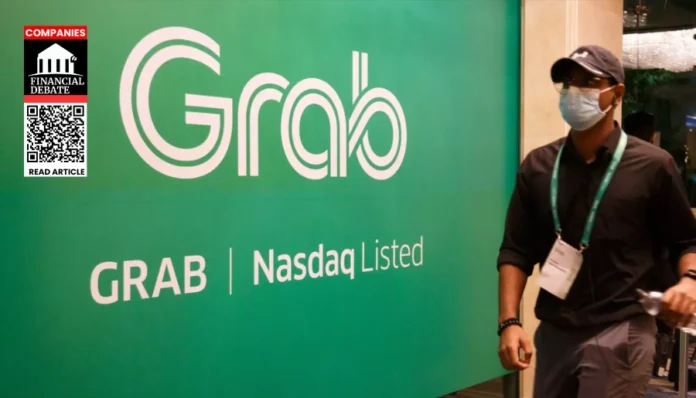In a surprising turn of events, Southeast Asian ride-hailing giant Grab announced its first-ever profitable quarter, with a net profit of $11 million. This significant achievement marks a stark contrast from the $391 million loss recorded during the same period the previous year.
The company attributes this success to various factors, including improved Group adjusted EBITDA, fair value changes in investments, and reduced share-based compensation expenses. Moreover, Grab’s fourth-quarter revenue exceeded expectations, reaching $653 million, surpassing LSEG analysts’ estimates of $634.86 million.
Apart from its core ride-hailing services, Grab has expanded its offerings to include financial services such as payments and insurance, as well as deliveries for food, groceries, and packages. This diversification strategy has proven to be beneficial for Grab, especially during uncertain times like the global pandemic.
CFO Peter Oey highlighted the company’s resilience and growth in the mobility sector, with demand exceeding pre-Covid levels. Additionally, Grab’s deliveries business experienced a record 13% year-over-year growth, with an increase in the number of users on the platform.
To further drive profitability, Grab announced a share buyback program worth up to $500 million, a first for the company. This move signifies a shift in focus from growth to profitability, as tech startups navigate the evolving landscape of the industry.
Grab has also been diligent in reducing total incentives, including partner and consumer incentives, to optimize the health of its marketplace. While incentives have been instrumental in attracting drivers and passengers to the platform, Grab is now aiming to strike a balance between incentivizing users and driving profitability.
Looking ahead, Grab expects revenue for 2024 to fall between $2.70 billion and $2.75 billion, slightly below analysts’ consensus. Despite the positive financial results, Grab’s shares closed 8.41% lower following the earnings report, reflecting market uncertainties and challenges.
The company’s share price has also experienced a significant decline since its listing on the Nasdaq in December 2021, plummeting 75.8% from its opening price.
Grab’s journey towards profitability is a testament to its resilience and adaptability in a rapidly changing industry. As the company continues to navigate challenges and uncertainties, strategic initiatives and a focus on cost optimization will be essential for sustaining long-term growth. Grab’s ability to innovate, diversify, and prioritize profitability will be crucial in driving its success in the evolving landscape of the tech industry.
